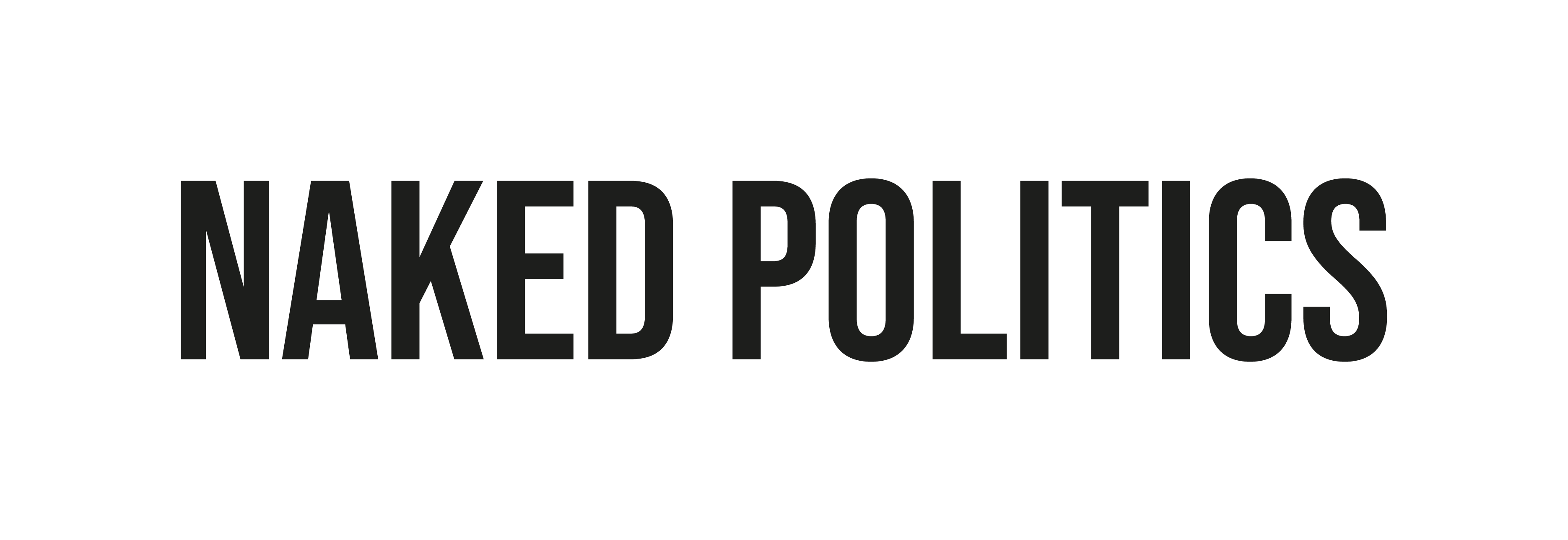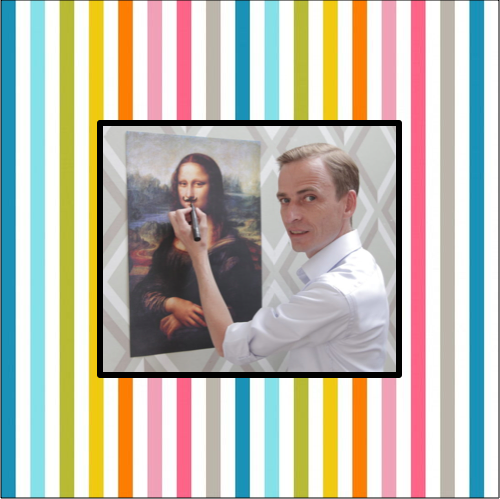Richard Clay isn’t your average university lecturer. He’s Professor of Digital Culture at Newcastle University, analysing the impact of the digital on our broader cultures to better understand our world – something hugely relevant.
You might have seen him in one of the documentaries he has written and presented for BBC4, “”, where he meets various internet meme experts, including Lad Bible, a lolcat meme designer and even an internet troll in an effort to better understand what makes memes go viral online. He even tries to construct his own “dank meme”.
We sat down with him to understand art, history, politics and internet culture, and how it all overlapps together.
How did you get into Art History?
Well, I studied history at York and then changed to art history. I was a bit terrified of the enormity of history, and art history gave me a way to analyse the past through objects.
I went on to do a masters degree in Art History at UCL, then a Phd. I was very focused on Art History “from below”. I had a chip on both shoulders, feeling like Art History was driven by class, and I was just a kid from a comprehensive school in the north. I felt very out of place at first. But had some great lecturers who didn’t want us to focus on “high art” or art for the rich. They wanted us to talk about cheap art or on print culture that most people could access or at least view. I ended up writing a Phd that looked at the destruction of high art during the French Revolution, arguing that art at the time art was valuable to most people for practical reasons and they saw no reason not to use it in public protests. For example, a statue of the King and the way ordinary people reacted to it- by graffitiing it, sticking hand written signs on it, or pulling it down.
%20-%2001%20-%20Professor%20Richard%20Clay%20standard.jpg?w=780&ssl=1)
I was very interested in the main way elites described this behaviour- which was to call it “vandalism” a phrase coined during the French Revolution. It was looked at as uncivilised behaviour- by condemning it as vandalism the elites were saying “these people are ignorant barbarians” like the Germanic tribe of vandals who sacked Rome I suggested that to this day, condemning people as vandals is not a great way to open a dialogue, it’s a really great way to piss people off. They are condemned as vandals by people who don’t want to seek to understand them. But I tend to think that whether we approve of behaviours condemned as vandalism , we’ve got to try to understand why people do such things, labelling them as barbarians says more about us than it does about them.
A lot of people would say they don’t really “get art”, often because art doesn’t necessarily reflect them. How can young people be motivated to engage in something they can’t see themselves in?
There can be a lot of barriers around art. When I was a Phd student we used to do events and take high school students in London toTate Modern and say to them: you have every right to have an opinion about any of this art. There’s no special secret- just tell us what you see. If you think it’s sh*t then just say it, but you have to explain why you reckon it’s sh*t. They would come out with brilliant insights into the work. We can’t allow others to say we can’t engage.

The mad thing is, you can find representations of “you” in a lot of art, it’s just dotted around or “hidden”. There’s often a wider representation of people, in terms of race, gender, sexuality or social class hidden amongst all the portraits of dead white men we see in some museums. I’ve walked around museums with young people exploring how global even centuries old art really is.
For example, a 15th century painting of the Virgin Mary, she always has this blue cloth on painted with a very particular blue pigment can only be found in one mountain in Afghanistan. So there’s a story behind these paintings that stretches across continents, involving trade of not just goods, but of ideas (and, knowing humans, of genes!). There’s a global story that we’re not often encouraged to delve into.
Do you think art as a subject is valued? Is there any point in young people taking art?
You’re not taught art history in a comprehensive school in Lancashire, which is where I grew up . Even in art class. I get very frustrated with the UK’s political conversations around education, partly because of the seeming obsession with STEM subjects (science, technology, engineering, mathematics) the irony being that most politicians have degrees in humanities, arts or social science subjects. Many of them at best have a tenuous grasp of what STEM is.
I married a scientist, I have lots of friends working in the sciences, I work a lot in collaboration with digital businesses and what they’re all saying is they want graduates who have soft skills and understand people, who think about where they and their organisation sit in society. They want STEAM graduates (science, technology, engineering arts and maths). People who have a breadth of skills, knowledge and understanding.
You’ve done a documentary recently for the BBC where you deconstructed meme culture. Why did you transition into the digital world?
I was always interested in how “mass produced” images were mediating power relationships. Like graffiti in France in the 1830s, which you’d get written on a wall and then print makers making prints of it. You get a multiplier effect between the original graffiti and the mass produced graffiti depicted in a cheap print. The photomechanical revolution later in the 19th century made images become insanely cheap- then comes radio, audio, film and TV all as new means to amplify images and their reach across populations.
Suddenly a single piece of graffiti can have a huge international audience. The internet multiplies that even further- so it felt very necessary to explore digital culture. With internet memes, they can spread and go viral at an incredible speed. They have the power to represent what we think and, in turn, to shape what we think too. Often they’re funny but sometimes they can be offering serious truths about ourselves or the world we live in- even if it’s wrapped up in a humorous way.
/cdn.vox-cdn.com/uploads/chorus_image/image/49493993/this-is-fine.0.jpg?w=780&ssl=1)
But there are some big downsides to our reliance on the online world. We may have a generation of politicians who don’t necessarily understand the global digital revolution who are trying to create legislation around it. You can end up creating very perverse consequences, accidentally that can, for example, impact on citizens’ privacy. The digital revolution can leave politicians very open to lobbyists and interest groups who want legislators to take particular positions that aren’t beneficial in the long run. And that’s without even getting into the spread of disinformation and misinformation, some of the consequences of which are particularly evident during the Covid 19 crisis as well, of course, during election campaigns.
Young people are very used to the digital world as it’s all they’ve known- but they can also be very sceptical and critical of it. I work with young people and they constantly surprise me and I learn so much from them. Their sense of cynicism, scepticism and critical thought is of huge value to me. In them I see reasons to be optimistic that new generations of citizens will work out how to ensure that the on-going digital revolution will help make the world a better place.
Thanks for reading our article! We know young people’s opinions matter and really appreciate everyone who reads us.
Give us a follow on Instagram, Twitter and Facebook to stay up to date with what young people think.

